

National Museum of Comoros
Nestled in the heart of Moroni, the capital city of Grande Comore, the National Museum of Comoros stands as a rich testament to the country's multifaceted cultural heritage. It's not merely a repository of artifacts, but a vibrant canvas depicting the diverse tapestry of the Comorian life and history.
Since its inauguration in 1989, the museum has been an intriguing destination for both locals and visitors alike, offering a unique journey through Comorian history, art, religion, and archeology. The museum houses an extensive collection, meticulously arranged into four distinct exhibit rooms.
The first room serves as a window into the past, presenting an array of historical artifacts, religious symbols, and archeological findings. Art, in its myriad forms, also claims its rightful place in this room, silently narrating tales of cultural evolution and artistic ingenuity.
The museum's second room takes a geologically oriented approach, focusing on volcanology and earth science. This section brings to life the geological narratives of the island nation, illustrating the seismic and volcanic activities that have shaped the Comoros archipelago.
A journey through the museum continues with the third exhibit room, dedicated to oceanography and natural science. This section underscores the intimate relationship between the Comoros and the surrounding Indian Ocean, showcasing the rich biodiversity that thrives in this marine environment.
In the final exhibit room, the museum explores social and cultural anthropology. Here, the museum's narrative takes a personal turn, highlighting the traditions, customs, and social dynamics that define the Comorian way of life.
The National Museum of Comoros is a part of the National Center of Documentation and Scientific Research (CNDRS), further amplifying its importance as a hub of knowledge and learning. It also shares a strong bond with two smaller regional museums located on the islands of Anjouan and Mohéli, forming a harmonious network of cultural preservation.
Comoros, officially known as the Union of the Comoros, is a small island country tucked away in the Indian Ocean, at the northern end of the Mozambique Channel off the eastern coast of Africa. A striking feature of Comorian culture is the vibrant attire of its inhabitants - women in colourful sari-like dresses known as shiromani, and men in colourful long skirts and white shirts. The tradition of applying a paste of ground sandalwood and coral, called msinzano, to their faces adds a unique touch to their cultural identity.

Location
Contact Information
Contact Listings Owner Form
National Museum of Comoros 0 reviews
Write Your ReviewThere are no reviews yet.

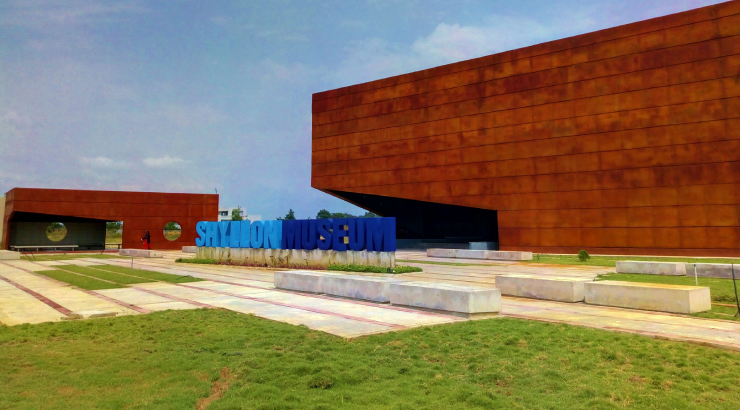

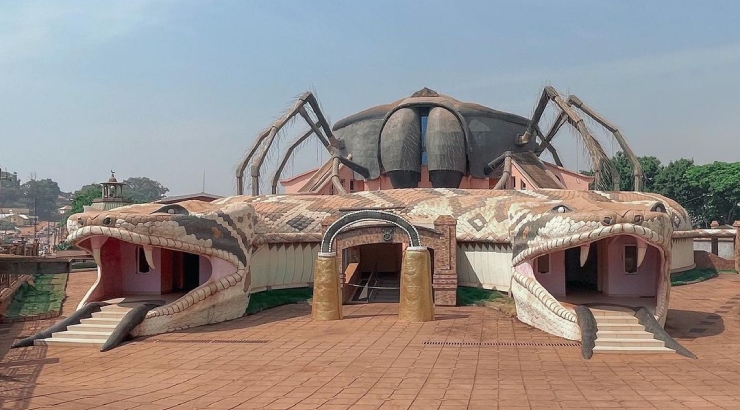
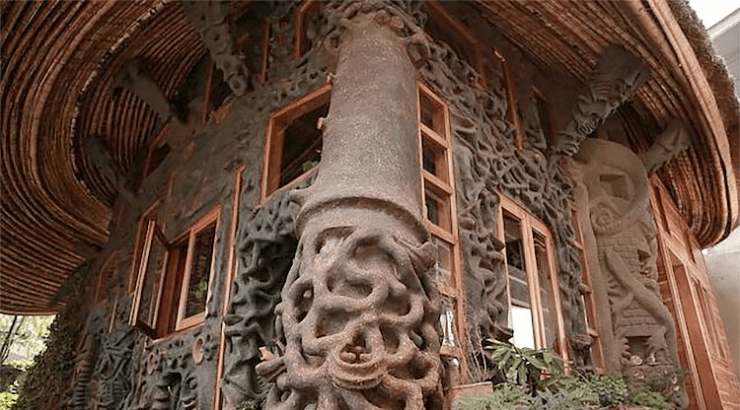

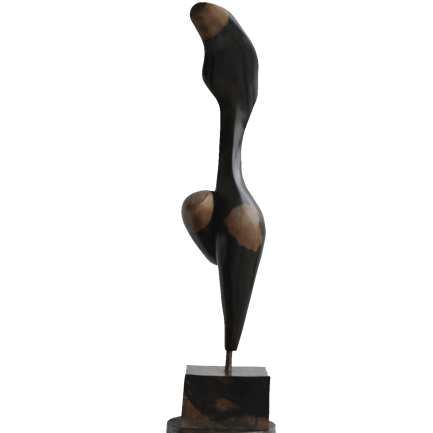
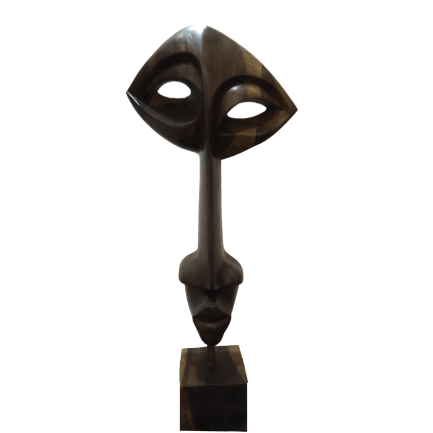
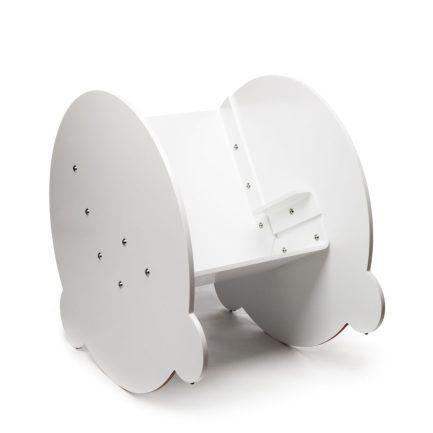



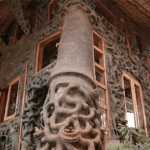

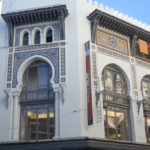
 No products in the basket.
No products in the basket.